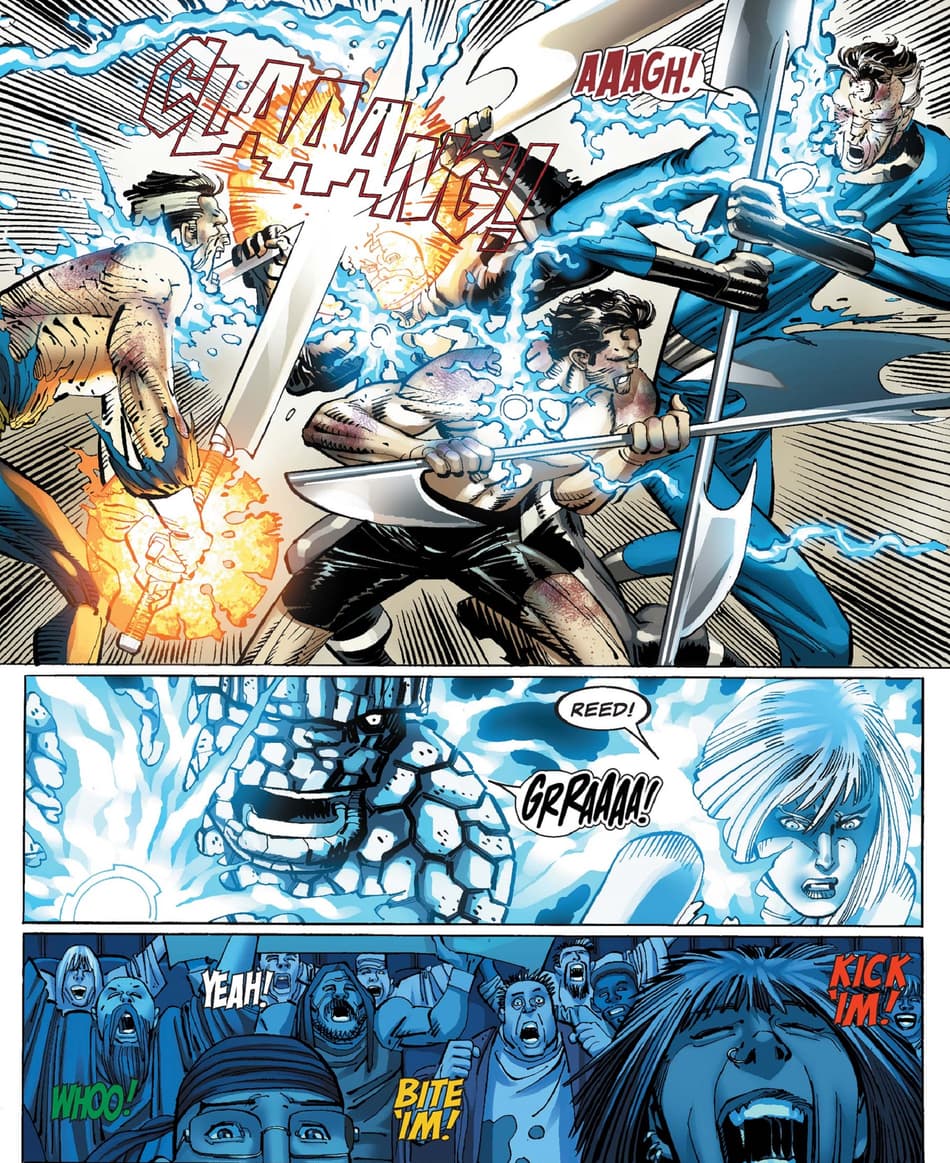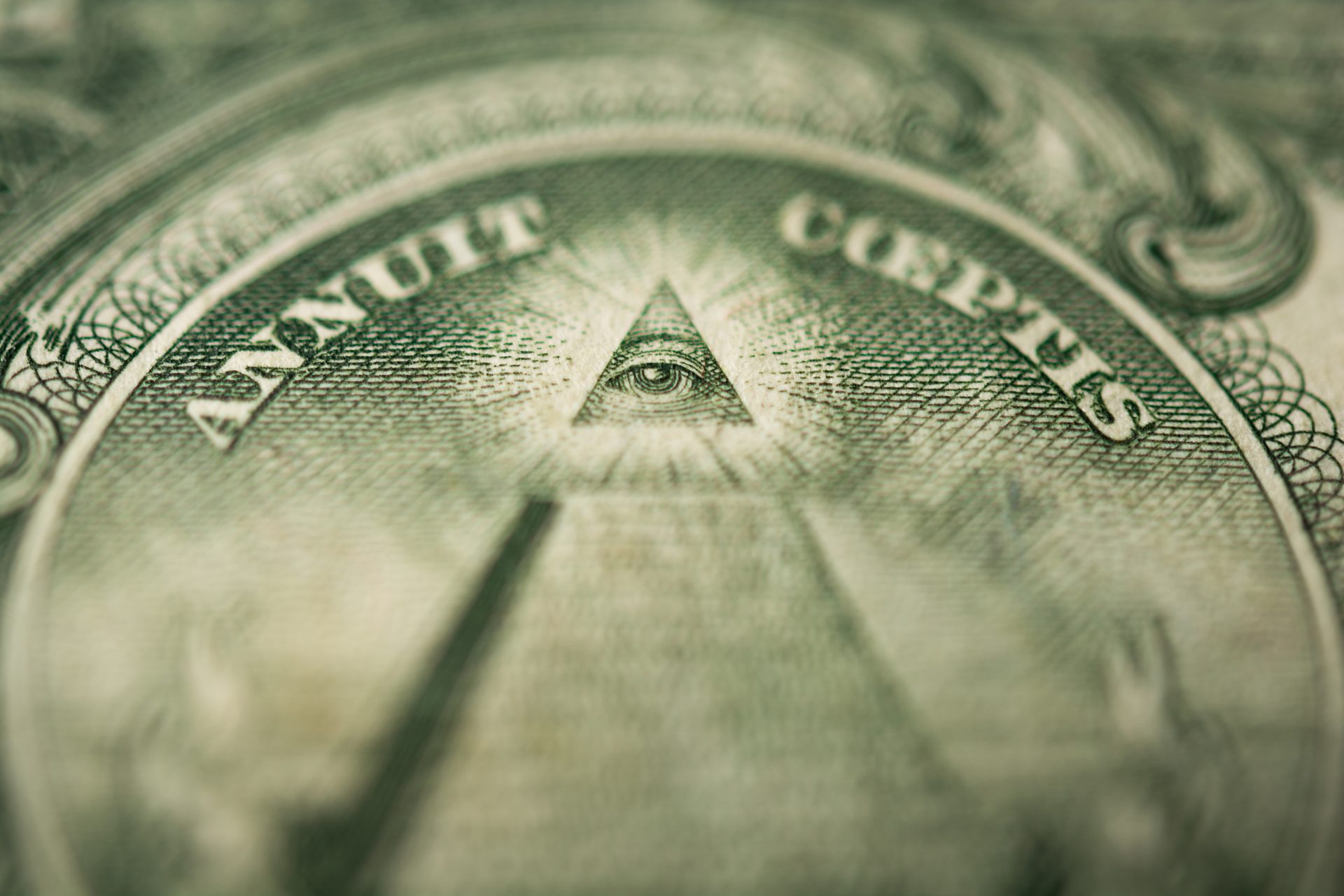Comprehensive Tutorial on How to Become a Freemason for New Members
Comprehensive Tutorial on How to Become a Freemason for New Members
Blog Article
Exploring the Mysteries of the copyright: What You Need to Know
The copyright, a term typically shrouded in intrigue and conflict, stands for an intricate tapestry of historic fact and contemporary misconception. Developed in the late 18th century, this secret society was originally rooted in the Knowledge's suitables however has actually considering that come to be synonymous with conspiracy concepts about elite control (benefit of joining freemason).
Origins of the copyright
The beginnings of the copyright are soaked in a mix of historical intrigue and ideological fervor. Established in 1776 in Ingolstadt, Bavaria, by Adam Weishaupt, the team was originally developed as a secret society intended at promoting Enlightenment ideals such as factor, secularism, and the separation of church and state. Weishaupt, a professor of canon regulation, looked for to challenge the prevailing authority of the church and state, which he saw as oppressive organizations stifling intellectual and personal liberty.

Secret Figures and Members
Who were the essential figures that formed the copyright's very early impact and direction? The Bavarian copyright, established in 1776 by Adam Weishaupt, became an action to the overbearing social structures of the moment. Weishaupt, a law teacher, envisioned the company as a way to advertise Knowledge ideals such as reason, secularism, and equal rights. His preliminary employment initiatives included prominent pundits, such as Baron von Knigge, that played an essential role in increasing the team's membership and business framework.
Another significant number was Johann Gottlieb Fichte, a famous thinker whose concepts on nationalism and education and learning reverberated with the copyright's objectives. Fichte was not a formal member, his philosophical underpinnings influenced the team's ideology. Furthermore, figures like the writer and thinker Johann Wolfgang von Goethe were connected with the wider intellectual motions of the time, although their direct participation with the copyright continues to be debated.
These crucial numbers added to the copyright's very early direction, pushing the boundaries of political and social idea, while their collective efforts aimed to test recognized norms and foster an environment of progressive modification in Europe.
Misconceptions vs. Reality
Lots of misconceptions surround the copyright, commonly blending reality with fiction in a way that obscures its real nature. The idea that the copyright proceeds to apply considerable influence over world occasions is a myth.
One more common misconception is that the copyright comprises a network of elite people adjusting worldwide affairs. In truth, many conspiracy theory theories overemphasize the group's value, attributing unfounded intentions to societal patterns and events. This has actually caused an oversimplified view of complex problems.
Furthermore, the representation of the copyright in pop culture typically additional distorts its legacy. Films and literature have a tendency to sensationalize the organization's function, producing a narrative that splits from historical realities. Comprehending the distinction in between the misconceptions and the reality of the copyright is critical for critical the genuine impact of this historic team and acknowledging the wider ramifications of conspiracy theory concepts in contemporary culture.
Modern Analyses
Contemporary analyses of the copyright typically mirror broader social stress and anxieties and an attraction with secrecy and power. This modern lens regularly links the copyright with conspiracy theories that recommend a hidden elite coordinates globe occasions, controling governments and economic situations for their very own gain. benefit of joining freemason. Such stories tap right into a deep-rooted distrust of authority, particularly in times of dilemma or social upheaval
In preferred society, the copyright is often portrayed as a supreme organization shrouded in mystery, bring about a myriad of imaginary portrayals in literary works, film, and songs. This representation serves not only to entertain however additionally to prompt thought of the nature of power and control in modern culture. Social media has actually further enhanced these interpretations, permitting quick dissemination of conspiracy concepts and dig this creating communities that share and expand upon these concepts.
Moreover, some modern-day analyses frame the copyright as an allegory for the intricacies of globalization and the interconnectedness of prominent people and companies. This perspective urges a crucial exam of exactly how power characteristics operate in today's world, highlighting the balance between transparency and secrecy in go to this site governance and company methods.
Cultural Effect and Heritage
Influenced by centuries of intrigue, the cultural effect and heritage of the copyright extend far past its historical origins. This secret society, developed in the late 18th century, has permeated various aspects of prominent society, from literature and movie to songs and art. The principle of the copyright has actually evolved into a sign of conspiracy theories, commonly standing for a perceived hidden power adjusting global occasions.
In literature, writers like Dan Brown have woven the you could try this out copyright into intricate plots, fascinating readers with styles of privacy and power. Movies such as "National Prize" and "The Da Vinci Code" additionally continue the allure of the society, blending reality with fiction to create engaging narratives.

Inevitably, the copyright's legacy is a complex tapestry of misconception and reality, shaping perceptions of secrecy and control in contemporary discourse. Its enduring visibility in society emphasizes humankind's seasonal quest for comprehending hidden facts.
Final Thought
The expedition of the copyright reveals a complicated interaction between historical truths and modern-day myth-making. Founded in the Knowledge period, this society intended to test oppressive frameworks, yet its legacy has been eclipsed by conspiracy theory theories that recommend elite control. Comprehending the differences in between the initial perfects and modern interpretations is crucial for understanding the enduring attraction with the copyright and its substantial impact on cultural stories bordering power and privacy in society.
Report this page